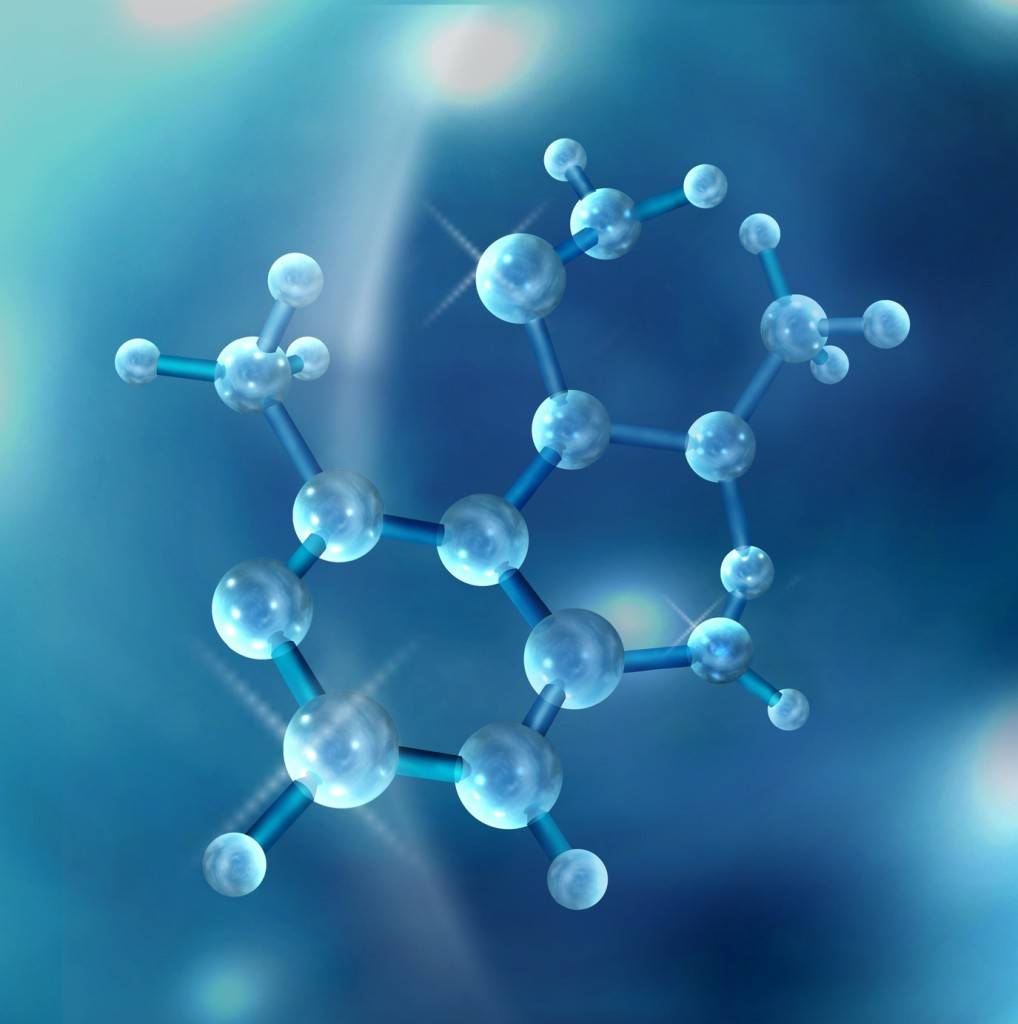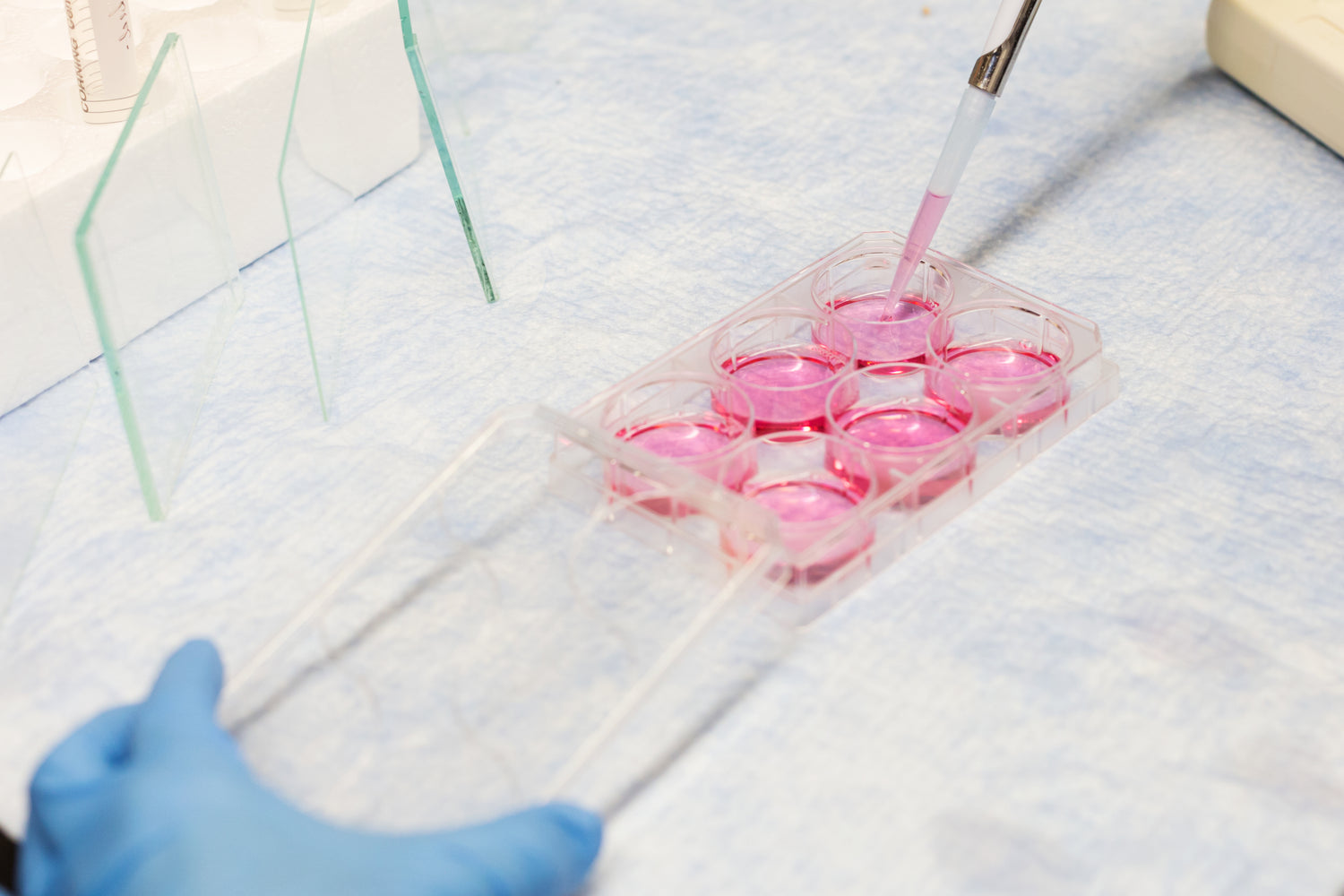Titanium dioxide nanoparticles are widely used in various fields due to their unique advantages, including photocatalytic degradation of pollutants, improved coating performance, and cosmetic sun protection. However, due to their high surface energy, they are prone to agglomeration, resulting in reduced surface area, decreased catalytic activity, and reduced coating quality. Ultrasonic dispersion, in contrast, has become an effective method for addressing titanium dioxide nanoparticle agglomeration.
1. Principles of Ultrasonic Dispersion
Ultrasonic dispersion primarily utilizes the cavitation effect and mechanical vibration generated by ultrasonic waves propagating through a medium to break up titanium dioxide nanoparticle agglomerates.
Cavitation is the core mechanism of ultrasonic dispersion. When ultrasonic waves propagate through a liquid medium, they produce alternating compression and tension zones. In the tension zone, tiny bubbles in the liquid rapidly expand, while in the compression zone, they collapse rapidly. The instantaneous collapse of the bubbles generates a tremendous impact force and a localized high temperature and high pressure environment. This powerful force can overcome the attractive forces, such as van der Waals forces, between the nanoparticles, dispersing the agglomerated particles. At the same time, the mechanical vibrations of ultrasound also shear the particles, further promoting the breakup and dispersion of aggregates, allowing the titanium dioxide nanoparticles to be evenly dispersed in the medium.
2. Advantages of Ultrasonic Dispersion
Compared to other dispersion methods, ultrasonic dispersion offers the following significant advantages:
High Efficiency: Ultrasonic waves can exert a strong effect on nanoparticles in a short period of time, rapidly dispersing them and significantly reducing dispersion time.
Easy Operation: Simply place the ultrasonic device probe or container into the suspension containing titanium dioxide nanoparticles, set the relevant parameters, and begin the dispersion operation, eliminating the need for complex process steps.
Minimal Particle Damage: Compared to some methods such as mechanical stirring, ultrasonic dispersion does not significantly damage the structure of titanium dioxide nanoparticles, effectively preserving their original properties.
Excellent Dispersion: It effectively breaks up nanoparticle agglomerates, resulting in a more even dispersion and improved suspension stability.

3. Factors Affecting Dispersion Effectiveness
Ultrasonic Power: When the power is too low, the cavitation effect and mechanical vibration intensity generated are insufficient, making it difficult to effectively disperse aggregates. When the power is too high, the liquid may overheat, even damaging the nanoparticle structure, and increasing energy consumption. Therefore, it is important to select an appropriate ultrasonic power.
Processing Time: Within a certain range, the dispersion effect will gradually improve with increasing processing time. However, after a certain time, the dispersion effect tends to stabilize. Extending the time will not only fail to improve the dispersion effect, but may also waste energy.
Solution Concentration: When the solution concentration is too high, the nanoparticles are closer together, making them more likely to agglomerate again, affecting the dispersion effect. When the concentration is too low, the dispersion efficiency is reduced and the cost is increased.
Temperature: Temperature has a significant impact on the cavitation effect. When the temperature is too high, the vapor pressure of the liquid increases, making it difficult for bubbles to form and collapse, and the cavitation effect is weakened. When the temperature is too low, the solution viscosity increases, which is not conducive to the propagation of ultrasound and the dispersion of particles.
4. Application Areas
Materials Science: In the preparation of composite materials, ultrasonically dispersed titanium dioxide nanoparticles are added to polymer matrices to improve the composite's mechanical properties, thermal stability, and antimicrobial properties. For example, adding evenly dispersed titanium dioxide nanoparticles to plastics can enhance their strength and aging resistance.
Environmental Engineering: In wastewater treatment, ultrasonically dispersed titanium dioxide nanoparticles are used as photocatalysts to improve the degradation efficiency of organic pollutants in wastewater. Evenly dispersed particles allow for sufficient contact with pollutants, enhancing the effectiveness of the photocatalytic reaction.
Biomedicine: In the field of drug delivery, coating drugs on the surface of ultrasonically dispersed titanium dioxide nanoparticles can improve drug stability and bioavailability. Evenly dispersed particles facilitate drug transport and release within the body.
With continuous technological advancements, ultrasonic dispersion technology will play an increasingly important role in the dispersion of titanium dioxide nanoparticles, promoting the further development and application of titanium dioxide nanomaterials in various fields.








